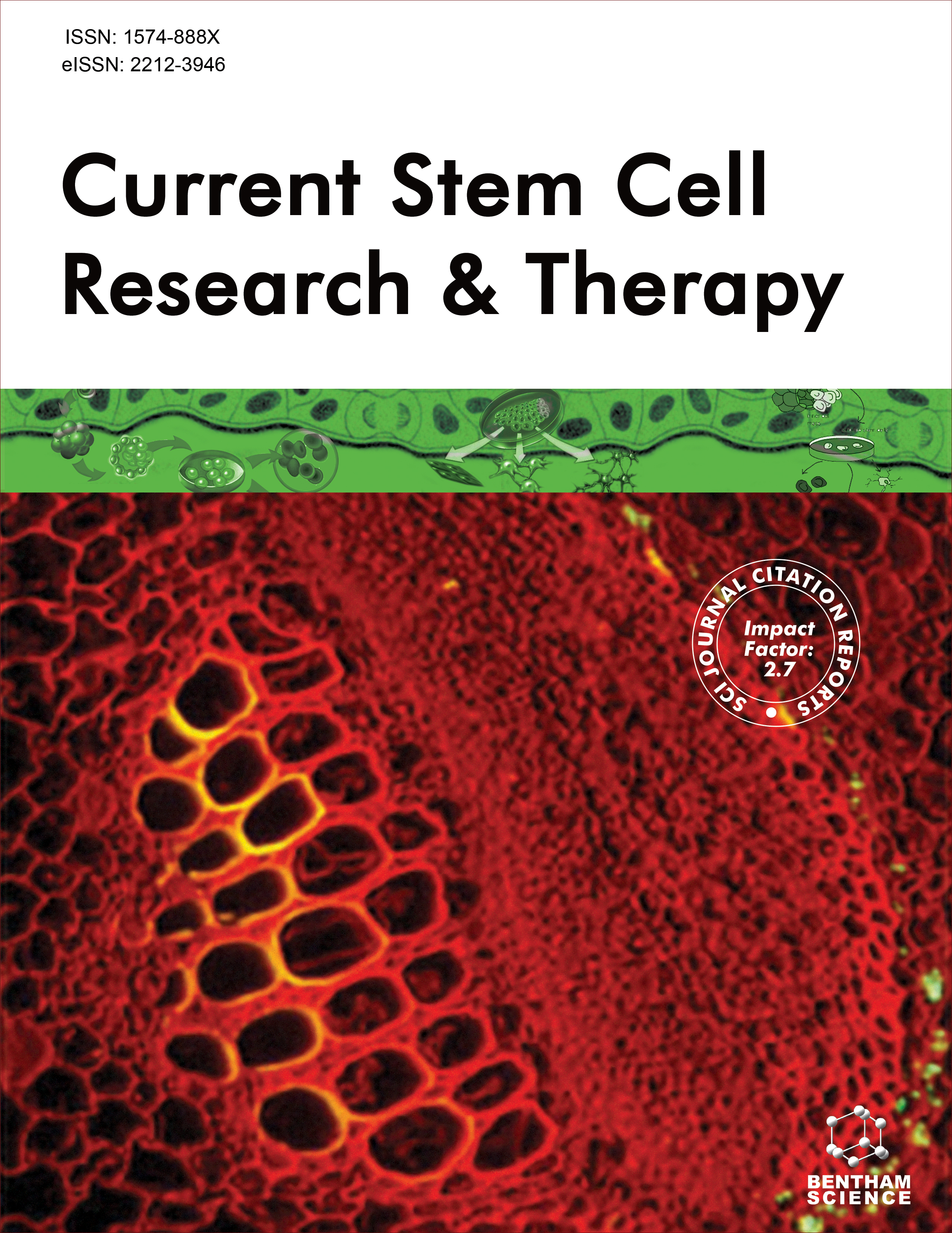
Full text loading...
We use cookies to track usage and preferences.I Understand
Parkinson’s disease (PD) is a progressive neurodegenerative disorder with symptoms including tremor and bradykinesia, while traditional dopamine replacement therapy and hypothalamic deep brain stimulation can temporarily relieve patients’ symptoms, they cannot cure the disease. Hence, discovering new methods is crucial to designing more effective therapeutic approaches to address the condition. In our previous study, we found that exosomes (Exos) derived from human umbilical cord mesenchymal stem cells (hucMSCs) repaired a PD model by inducing dopaminergic neuron autophagy and inhibiting microglia. However, it is not clear whether its therapeutic effect is related to inhibiting apoptosis by inhibiting caspase-3 expression.
Three intervention schemes were used concerning previous literature, and the dosage of each scheme is the same, with different dosing intervals and treatment courses and to compare the aspects of behavior, histomorphology, and biochemical indexes. To predict and determine target gene enrichment, high-throughput sequencing and miRNA expression profiling of exosomes, GO and KEGG analysis, and Western blot were used.
Exos labeled with PKH67 were found to reach the substantia nigra through the blood- brain barrier and existed in the liver and spleen. 6-hydroxydopamine (6-OHDA) induced PD rats were treated with Exos every two days for one month, which alleviated the asymmetric rotation induced by morphine, reduced the loss of dopaminergic neurons in the substantia nigra, and increased dopamine levels in the striatum. The effect became more significant as the treatment time was extended to two months. These results suggest that hucMSCs-Exos can inhibit the 6-OHDA-induced neuron damage in PD rats, and its neuroprotective effects may be mediated by inhibiting cell apoptosis. Through high-throughput sequencing of miRNA, potential targets for Exos to inhibit apoptosis may be BAD, IKBKB, TRAF2, BCL2, and CYCS.
The above results indicate that hucMSCs-Exos can inhibit 6-OHDA-induced damage in PD rats, and its neuroprotective effect may be mediated by inhibiting cell apoptosis.

Article metrics loading...

Full text loading...
References


Data & Media loading...
Supplements

